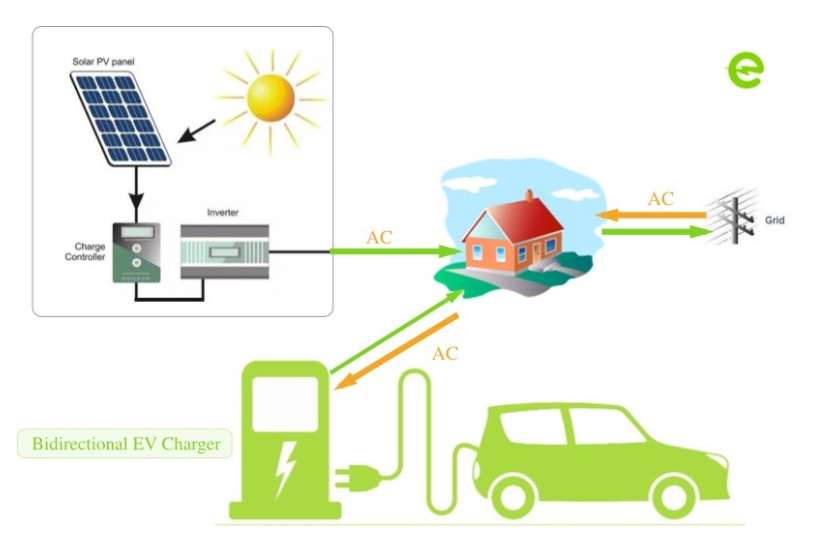Looking ahead, the future application of vehicle-to-grid (V2G) technology has a great potential to reshape the landscape of electric vehicles and sustainable transportation. By actively participating in the energy grid, electric vehicles equipped with V2G functions play a key role in reducing greenhouse gas emissions, and electric vehicles are expected to become active contributors to a more balanced and efficient energy ecosystem.
The potential impact of V2G solutions on electric vehicles is undoubtedly huge, and understanding how V2G works and actively addressing the challenges associated with V2G implementation are crucial to fully realize its potential to reshape the dynamics of sustainable transportation, which will guide the industry towards a more sustainable and environmentally friendly future more quickly.

V2G is an amazing technology that lets your EV play both sides of the power game - not just sipping electricity from the grid, but giving it back too. Your car becomes a mobile energy station - soaking up power when there's less demand for energy, but then discharging it back to the grid (to power your home and others), when there's more demand. By leveraging this capability, V2G helps to distribute power more evenly and efficiently during peak demand periods.
However, implementing vehicle-to-grid (V2G) technology comes with various challenges that need to be addressed to successfully integrate it into the electric vehicle sector. One of the main obstacles is overcoming the technical complexities associated with bidirectional energy flow. This requires the development of advanced inverters and smart grid systems to effectively manage the flow of electricity in and out of the grid, ensuring stability and reliability.
Regulatory challenges also pose a significant barrier to the widespread adoption of V2G technology. Existing regulations may not fully accommodate the complexities of integrating electric vehicles as active participants in the energy grid. Addressing these regulatory barriers is critical to creating an environment conducive to the larger-scale adoption of V2G, so that electric vehicles can effectively contribute to sustainable transportation initiatives.
In addition, the economic viability of V2G systems is also a key consideration affecting their widespread implementation. Though the potential benefits are significant, including reduced energy costs and increased revenue streams for vehicle owners, deploying V2G infrastructure requires a large amount of initial investment costs. Furthermore, infrastructure upgrades are essential to fully realize the potential of V2G, which also requires huge investments in charging infrastructure and grid modernization.
In short, the widespread application of V2G EV charger is expected to usher in a new era of sustainable transportation, which can not only promote cleaner energy practices, but also improve resilience and adaptability in the changing energy landscape. However, V2G implementation is also facing unprecedented challenges. Whether V2G can overcome all obstacles and be widely implemented is still under observations. Learn more about what is v2g system now!

Save cost-with manufacturer direct pricing
Control quality-with strict quality control and testing
Save time-with experienced team to get project done